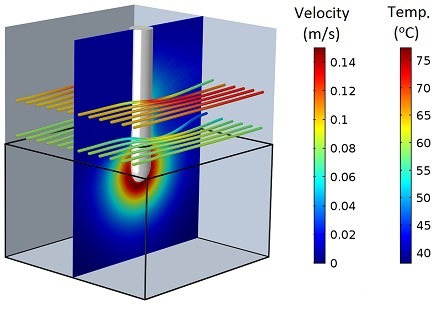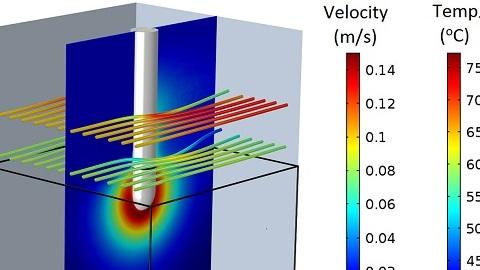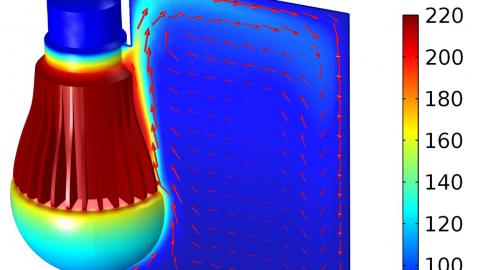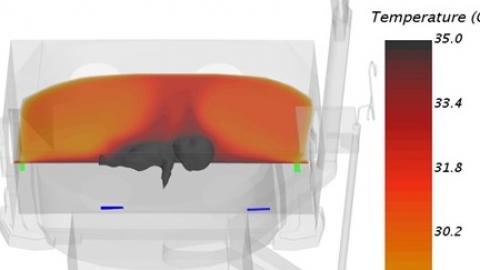Veryst offers consulting services in thermal modeling of both solid and fluid systems, including interactions between these systems. We have experience in modeling thermal behavior within polymer, composite, and metal components, as well as fluids.
Our simulation capabilities include thermal-structural coupling and fluid flows resulting from thermal gradients. We solve thermal analysis problems involving conduction, natural convection, forced convection, ambient radiation, internal (cavity) radiation, radiation in participating media, phase change, natural and forced convection, thermal stresses, and conjugate heat transfer.
Veryst is also experienced with thermal analysis for medical devices, including radio frequency (RF) tissue ablation, microwave tissue ablation, and tissue damage.
Our services include:
- Thermal analysis of polymers, composites, and metals
- Thermal analysis of fluid flows
- Optimization of thermal response and heat transfer efficiency
- Analysis of failures caused by thermal effects
- Analysis and optimization of heating/cooling devices



